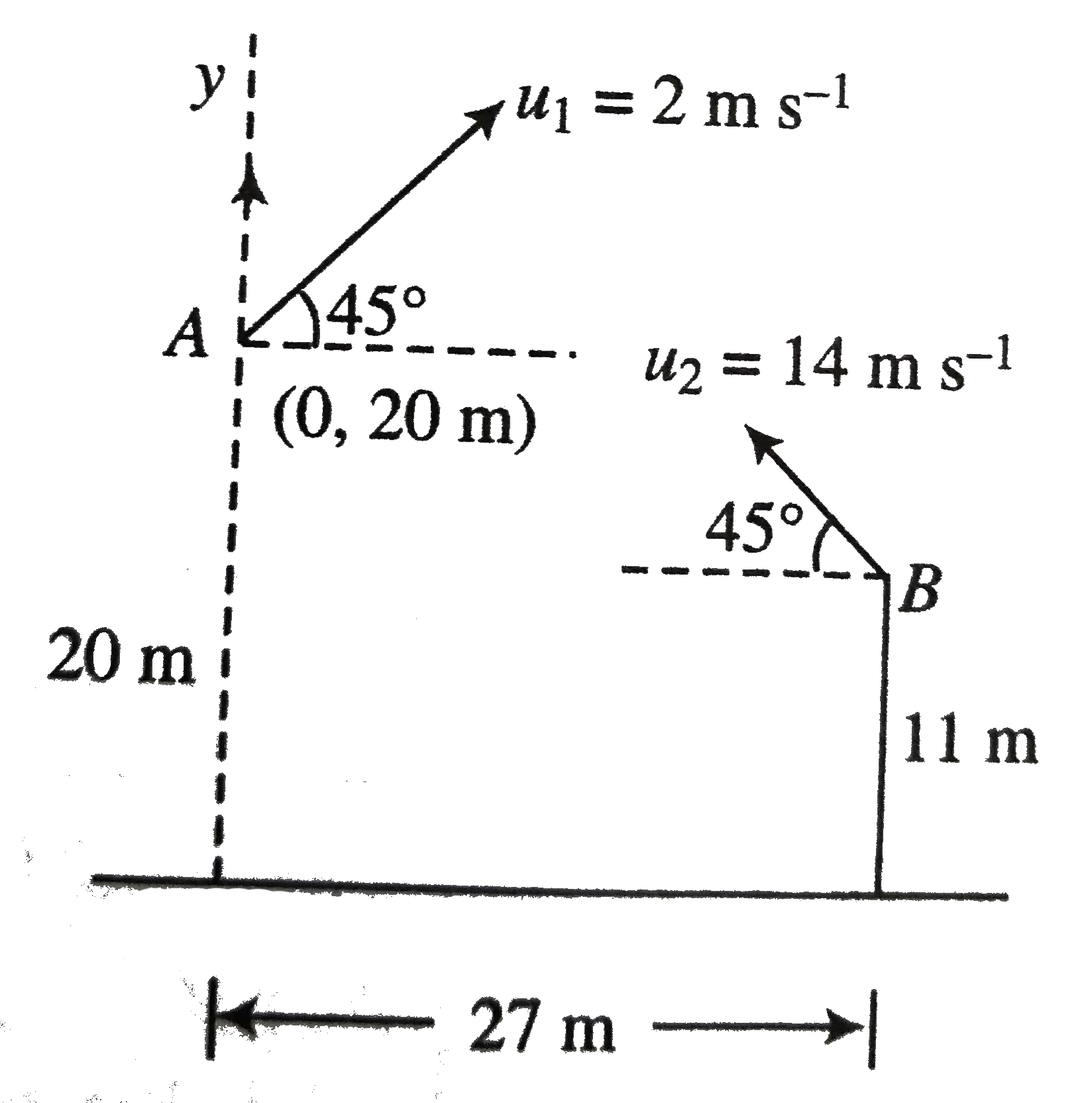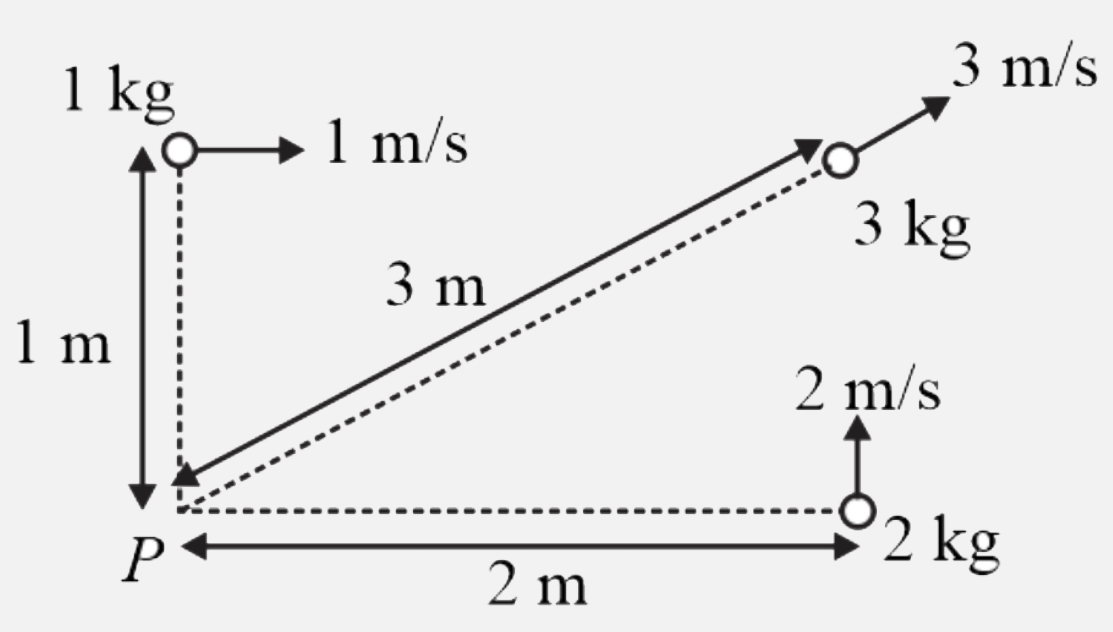Three particles A,B and C move in a circle in anticlockwise direction with speeds 1−1min,2.5ms−1 and 2ms−1 respectively. The initial positions of A,B and C shown in figure . the ratio of distance travelled by A ,B and C by the instant they meet for the first time is

3:2
5:4
3:5
data insufficient
The correct Answer is:B
dBdc=vBtvCt=2.52=54
Topper's Solved these Questions
- CIRCULAR MOTIONBook:DC PANDEY ENGLISHChapter:CIRCULAR MOTIONExercise:Level 1 Subjective
Explore 13 Videos
- CIRCULAR MOTIONBook:DC PANDEY ENGLISHChapter:CIRCULAR MOTIONExercise:Level 2 Single Correct
Explore 18 Videos
- CIRCULAR MOTIONBook:DC PANDEY ENGLISHChapter:CIRCULAR MOTIONExercise:Assertion And Reason
Explore 28 Videos
- CENTRE OF MASS, LINEAR MOMENTUM AND COLLISIONBook:DC PANDEY ENGLISHChapter:CENTRE OF MASS, LINEAR MOMENTUM AND COLLISIONExercise:Level 2 Subjective
Explore 21 Videos
- COMMUNICATION SYSTEMBook:DC PANDEY ENGLISHChapter:COMMUNICATION SYSTEMExercise:Only One Option is Correct
Explore 27 Videos
Similar Questions
Three particles A,B and C move in a circle in anticlockwise direction with speeds 1−1min,2.5ms−1 and 2ms−1 respectively. The initial positions of A,B and C are shown in fig. The ratio of distance travelled by B and C by the instant A,B and C meet for the first time is

View SolutionThree particles A, B and C move in a circle of radius r=1πm, in anti-clockwise direaction with speed 1ms−1,2.5ms−1 and 2ms−1 respectively. The initial position of A, B and C are as shown in figure.

The ratio of distance travelled by B and C by the instant A, B and C meet for the first time is
View SolutionBuses A and B are moving in the same direction with speed 20ms−1 and 15ms−1 respectively. Find the relative velcoity of A w.r.t. B and relative velocity of B w.r.t. A.
View SolutionThree particles of masses 1kg,2kg and 3kg are situated at the corners of an equilateral triangle move at speed 6ms−1,3ms−1 and 2ms−1 respectively. Each particle maintains a direction towards the particles at the next corners symmetrically. Find velocity of CM of the system at this instant

View SolutionTwo paricles A and B start at the origin O and travel in opposite directions along the circular path at constant speeds vA=0.7ms−1 and vB=1.0ms−1, respectively.
Determine the time when they collide and the magnitude of the acceleration of B just before this happens.

View SolutionTwo particles are thrown simultaneously from points A and B with velocities u1=2ms−1andu2−14ms−1, respectively, as shown in figure.

The relative velocity of B as seen from A in
View SolutionThree small balls of masses 1kg, 2kg and 3kg are moving in a plane and their velocities are 1ms−1,2ms−2and3ms−1 respectively as shown . The total angular momentum of the system of three balls about point P at the given instant of time is

View SolutionThe velocities of A and B shown in fig. Find the speed (in ms−1) of block C. (Assume that the pulleys and string are ideal).

View SolutionTwo particles are thrown simultaneously from points A and B with velocities u1=2ms−1andu2−14ms−1, respectively, as shown in figure.

Minimum separation between A and B is
View SolutionTwo particles are thrown simultaneously from points A and B with velocities u1=2ms−1andu2=14ms−1, respectively, as shown in figure.

The direction (angle) with horizontal at which B will appear to move as seen from A is
View Solution